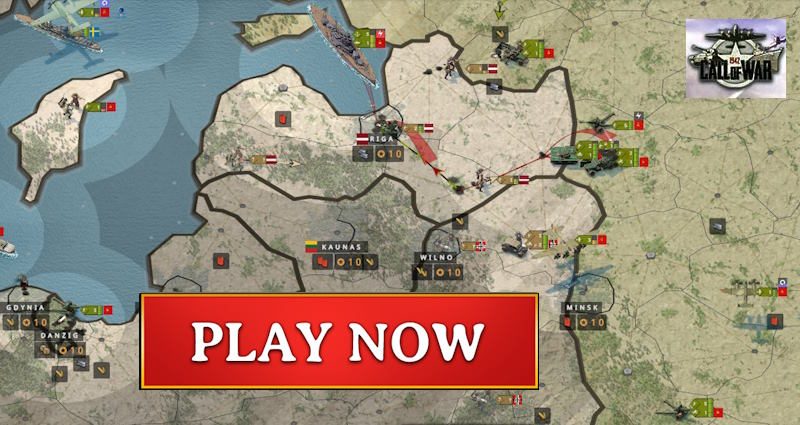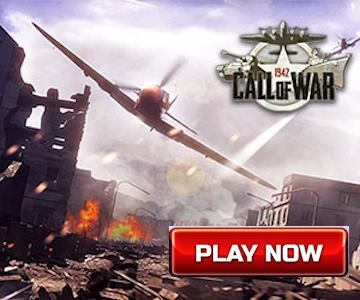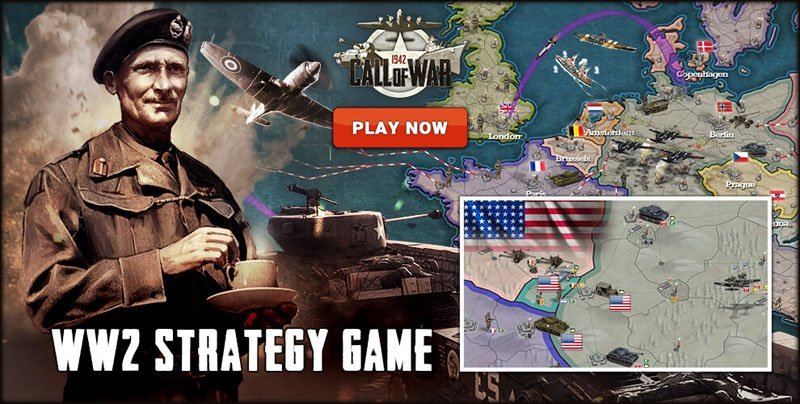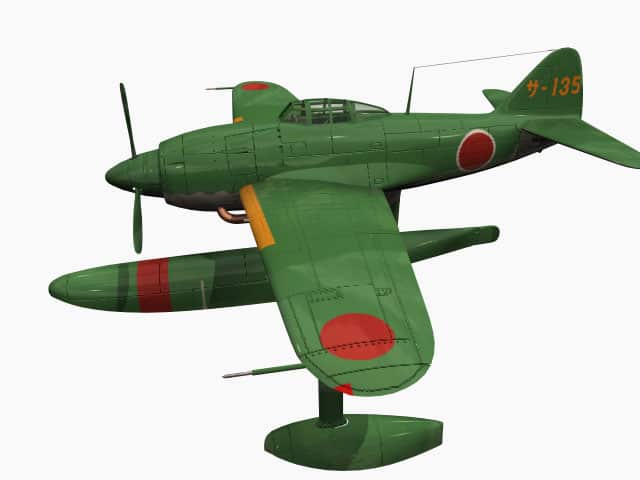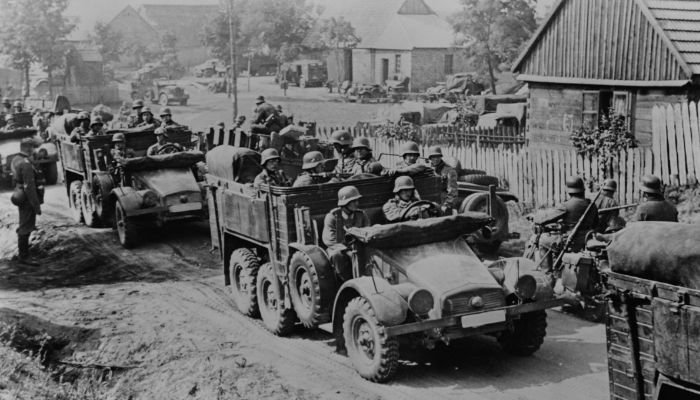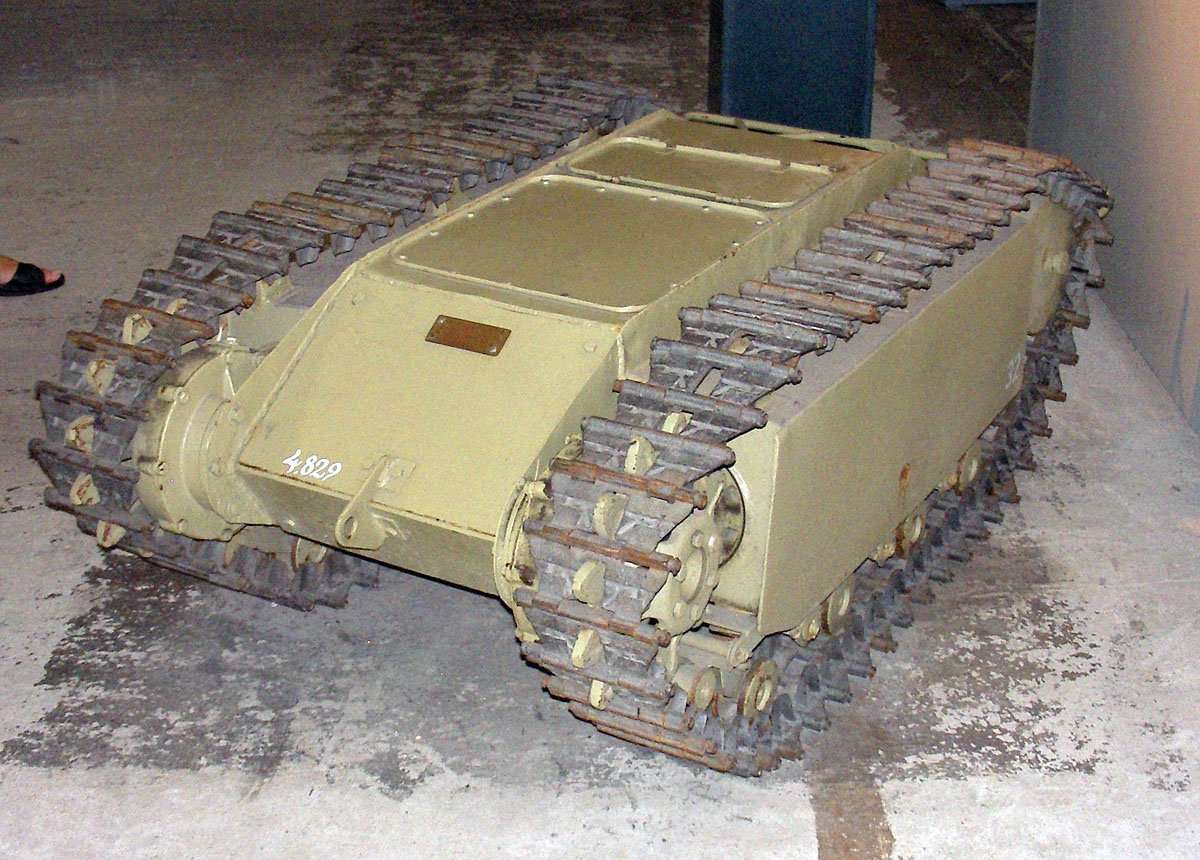Obsolete British armoured vehicles from the interwar years: Mark II battle tank, Carden-Loyd Mark VI armoured personnel carrier, Lanchester armoured car.

Between the world wars, British armored vehicles played a crucial role in advancing military technology and strategy. During this period, key models like the Medium Tank Mark II and the Carden-Loyd Mark VI were developed and utilized by the British army. The Medium Tank Mark II was known for being the first to feature a 3-man turret, a significant innovation in tank design.
The Carden-Loyd Mark VI tankette was an armoured vehicle built for speed and light mobility, acting as an armoured machine gun carrier. This model exemplified the British commitment to versatile and efficient designs, which later influenced various armies around the world.
Another significant vehicle from this period was the Lanchester Armored Car, which was used by the British forces for reconnaissance missions. These vehicles emphasized the transition from World War I tactics to newer methods, reflecting changes in military needs and technological capabilities during the interwar years.
The Evolution and Role of British Armored Vehicles
Table of Contents
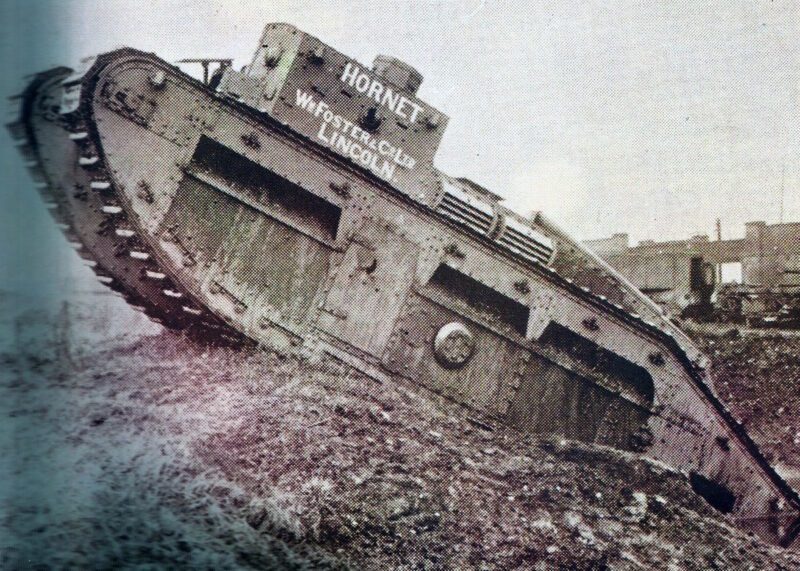
British armored vehicles played a crucial role in transforming military strategies during the interwar period. Their development helped shape the future of mechanized warfare, leading into the Second World War.
Context of Interwar Period Military Developments
After World War I, many countries focused on improving military technology, including tanks. This led to advancements in armored vehicles. The British Army aimed to create vehicles that could move quickly and provide effective battlefield support.
During this time, Britain produced innovative designs like the Medium Mark II and the Carden-Loyd tankette. These vehicles included features for increased mobility and firepower. They were a response to lessons learned from earlier conflicts, emphasizing the importance of having reliable and versatile vehicles.
Their use in military operations showcased the potential of armored units to revolutionize tactics. The interwar period was significant for merging technology with strategy, setting the stage for further developments during the Second World War.
Advancements in Tank Design and Mechanized Warfare
In the interwar years, British tanks underwent significant transformations. With the Vickers Medium Mark II, there was a focus on standardization and improved armament. These tanks were built to traverse rough terrains, enhancing battlefield maneuverability.
The development of vehicles like the Carden-Loyd tankette highlighted the surge in mechanized warfare. These small vehicles were designed for quick movements and could support infantry effectively, becoming instrumental in reconnaissance missions.
The British also worked on vehicles such as the Lanchester Armored Car, which balanced speed with sufficient armor. These designs were vital in demonstrating the effectiveness of mechanized forces, influencing global military doctrines. Such advancements shaped the role of armored vehicles in subsequent large-scale conflicts, particularly the Second World War.
Medium Tanks of the British Army
The British Army’s medium tanks, like the Vickers Medium Mark I and Mark II, were crucial developments in tank design during the interwar period. They contributed to the standardization and evolution of British armored warfare strategies.
Vickers Medium Mark I
The Vickers Medium Mark I was among the first generation of medium tanks developed for the British Army. It was designed in the 1920s and equipped with a 3-pounder gun, offering greater firepower than earlier models. Its design emphasized improving mobility and armor compared to its predecessors.
The Mark I played a role in refining strategies and tactics for future British tanks. It set foundational design principles that influenced subsequent models, focusing on balancing firepower, armor protection, and speed. The lessons learned from the Mark I were applied to improve performance and functionality in later tanks.
Vickers Medium Mark II
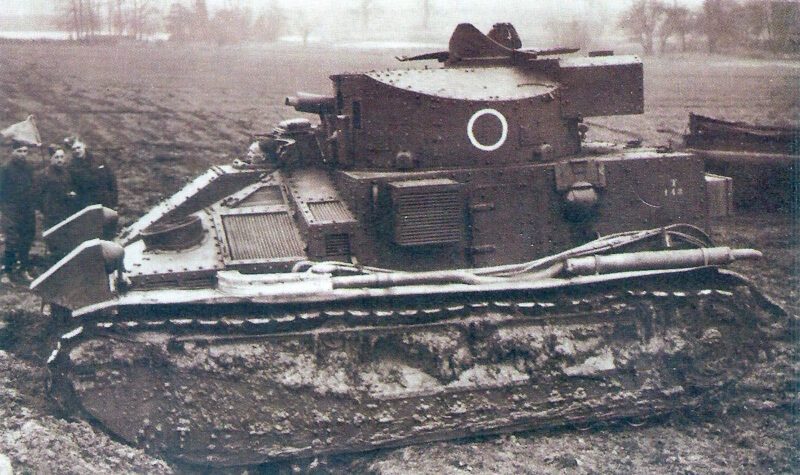
Following the Mark I, the Vickers Medium Mark II represented further advancements. Developed in the late 1920s, the Mark II incorporated improvements based on operational experiences with its predecessor. The tank was equipped with enhanced armor and a more powerful engine, allowing for better maneuverability on the battlefield.
Production of the Mark II spanned several years, with its design marking a key phase in British tank development. It was more widely distributed within the British Army than the Mark I. While it didn’t see extensive combat, the Mark II played a role in training and preparing British forces for future conflicts.
Production: The first British post-war tank. Around 160 were built from 1926 onwards, the last of which were used as training vehicles until 1941.
Speed: 16 mph (26 km/h)
Armament: 3-pounder gun in movable turret, 7.7 mm Vickers machine gun coaxial, two 7.7 mm Vickers machine guns in the hull
Armour Front/rear/side: 8–12 mm
Crew: 5 men
Weight: 13.7 t
Dimensions length/width/height: 17.5 ft (5.33m) / 9.12 ft (2.78m) / 9.88 ft (3.01m)
The Role and Performance of Medium Tanks
Medium tanks like the Mark I and II were vital for their time, bridging the gap between light and heavy tanks. They offered a balance of speed, firepower, and protection. These tanks were designed to support infantry and exploit breaches in enemy lines.
During exercises, medium tanks demonstrated the importance of mobility and combined arms tactics. They shaped British strategy and doctrine by showing how armored units could be integrated into larger military operations. Despite being eventually surpassed by newer tanks, the insights gained from the operation of these medium tanks laid the groundwork for more advanced tank designs.
Innovations in Light Tank Development
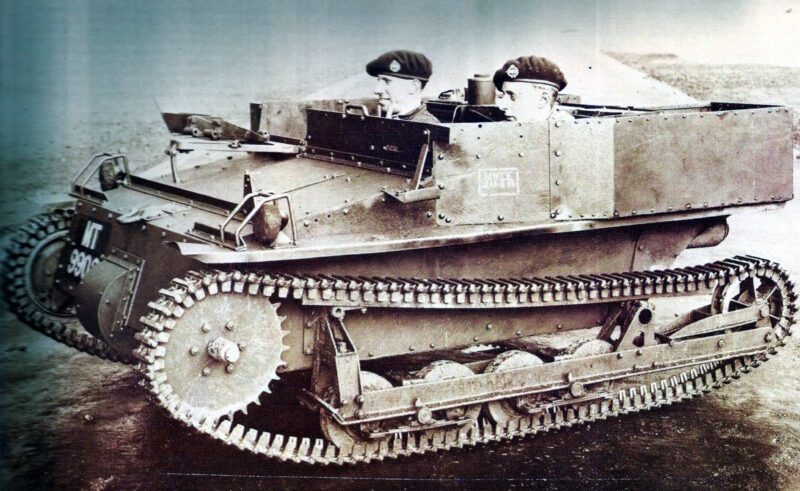
During the interwar period, British light tank development saw significant advancements. The Carden-Loyd tankettes led to the creation of more efficient and tactical vehicles. The evolution from the Mark VI to various prototypes exemplified improvements in mobility and armament.
Carden-Loyd Tankettes and Their Impact
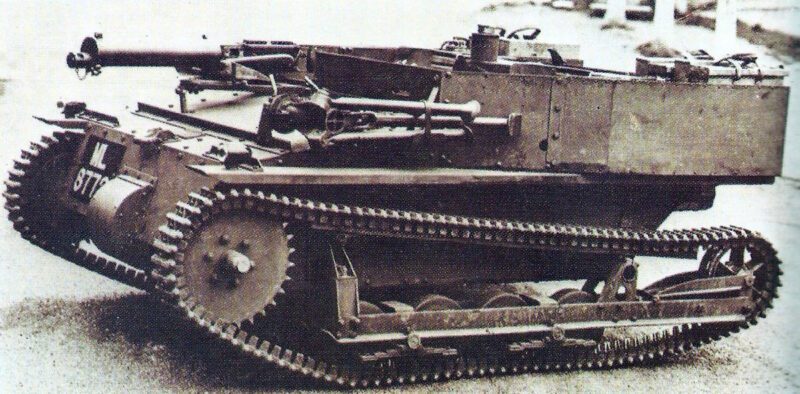
The Carden-Loyd tankette was a pivotal design in British armored vehicles. With its compact size and versatility, it served as a foundation for future light tank development. These small, two-man vehicles were initially designed for reconnaissance duties and as machine gun carriers.
Carden-Loyd tankettes were influential in shaping the tactics and strategies of light tank use. Their success demonstrated the practicality of deploying fast and agile units on the battlefield. This led to greater demand and further innovation in this category of armored vehicles.
Many countries, noting the efficiency of the Carden-Loyd design, adopted similar concepts. The tankette’s role in military forces worldwide underscored its impact on armored warfare’s evolution during this period. Far beyond being just a small tank, it provided crucial lessons for future developments.
Production: Predecessor of the armoured personnel carrier and the famous British Bren Gun Carrier of the Second World War. First delivery in 1927, a total of 270 units were delivered to the British Army by 1930. Also sold to 13 other countries and built under licence in five others.
Speed: 25 mph (40 km/h)
Armament: 7.7 mm Vickers machine gun
Armour front/rear/side: 5-9 mm
Crew: 2 men
Weight: 1.5 t
Dimensions length/width/height: 8.07 ft (2.46m) / 5.74 ft (1.75m) / 4 ft (1.22 m)
Evolution from Mark VI to Prototypes and Beyond
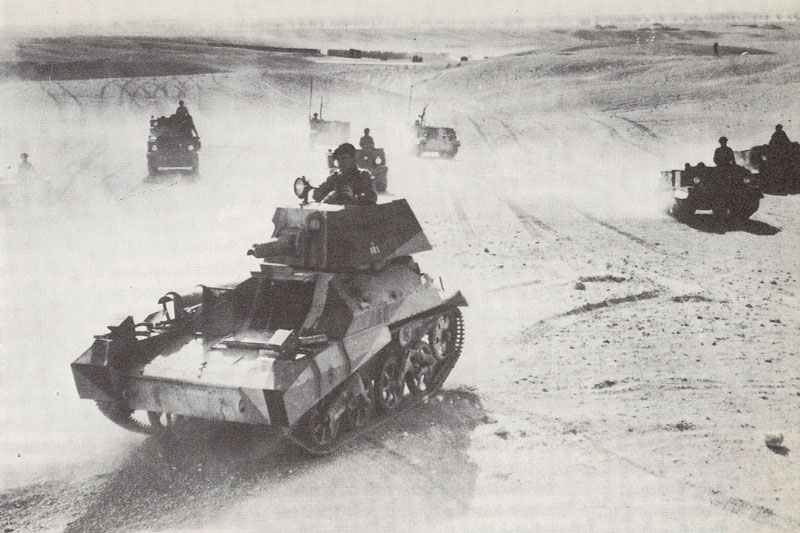
The Light Tank Mark VI was one of Britain’s most notable advancements in light tanks during the interwar years. It featured improvements in speed and armament, building on earlier designs. The Mark VI was an upgrade from its predecessors, focusing on better mobility and ease of use.
From the Mark VI, British engineers continued to innovate, producing various prototypes. These efforts included enhancing armor protection and integrating more powerful weaponry. By experimenting with different layouts, British designers aimed to improve tactical functionality and crew safety.
These prototypes set the groundwork for future light tank models beyond the interwar period. They illustrated the ongoing commitment to refining light tank designs to meet the demands of modern warfare. The iterative changes during this era laid the foundation for future armored vehicle advancements.
Armored Cars and Their Tactical Employment
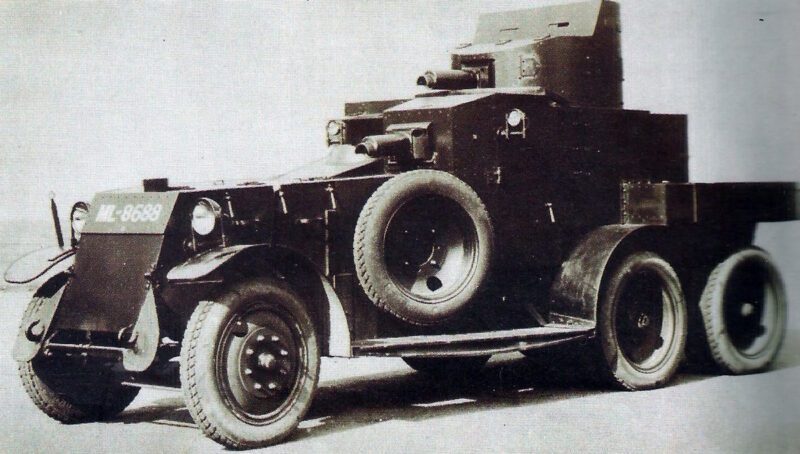
Armored cars, like the Lanchester, played crucial roles in both reconnaissance and support operations during the interwar period. Their design offered flexibility and adaptability on various terrains, making them indispensable in tactical scenarios.
Lanchester Armored Car
The Lanchester Armored Car was a British design that served extensively during the interwar years. It was equipped with a sturdy armored body, providing effective protection for its crew. Powered by a reliable engine, it ensured durability in harsh environments.
Its armament featured machine guns suitable for combat against light targets. The car’s agility allowed it to navigate tricky terrains, making it a versatile asset. Its operational range and speed made it ideal for reconnaissance missions, giving commanders valuable insights into enemy positions. Although not suited for heavy combat, its ability to support larger units with mobile firepower added a key strategic layer.
Production: 39 units were built in 1928 and remained in service with the British Army until 1939. Later used in Malaya by local forces against the Japanese invaders.
Speed: 45 mph (72 km/h)
Armament: 12.7 mm and 7.7 mm Vickers machine guns in the turret and a 7.7 mm Vickers machine gun in the front of the hull
Armour front/rear/side: 10 mm
Crew: 4 men
Weight: 7.6 t
Dimensions length/width/height: 20 ft (6.10m) / 6.6 ft (2.01m) / 9.25 ft (2.82m)
Roles in Reconnaissance and Support
In reconnaissance, armored cars like the Lanchester offered unparalleled speed and stealth. They quickly scouted enemy lines, gathering crucial data on troop movements and terrain without engaging directly. Their design favored speed over armor, allowing rapid retreats when necessary.
Support roles involved coordinating with infantry and other vehicles. They provided mobile firepower, helping to suppress enemy positions or probe for weaknesses. The armored car’s adaptability made it suitable for a variety of terrain, enhancing its effectiveness in different scenarios. Whether leading a charge or covering a retreat, these cars were vital for tactical flexibility and ensured operational success in dynamic battlefield conditions.
Infantry Tanks and Cruiser Tanks
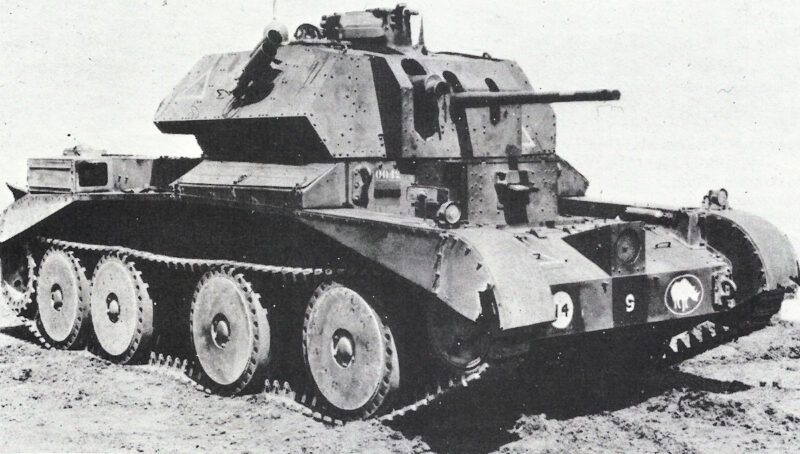
British tank development during the interwar period recognized the need for specialized roles. Infantry tanks were designed for supporting ground troops, while cruiser tanks focused on swift, independent operations.
Contrasting Designs for Infantry and Cruiser Roles
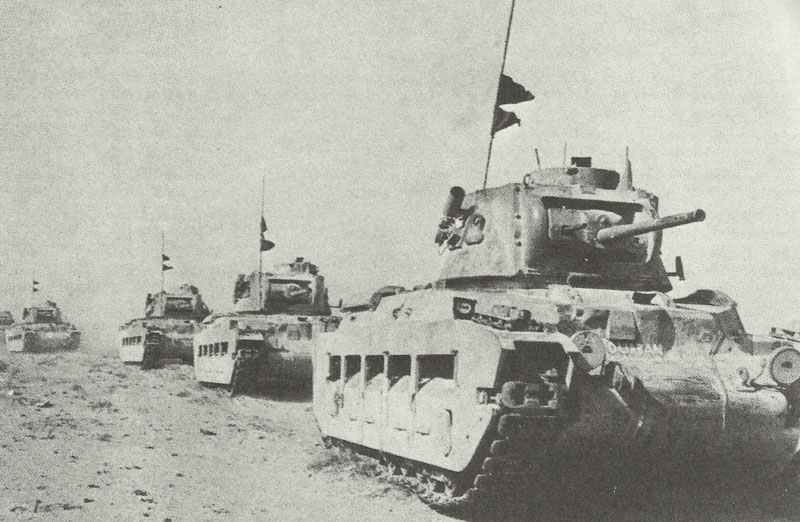
Infantry tanks were heavily armored to protect against anti-tank weapons. They moved at a slow pace to match the speed of infantry forces. Their priority was to break through fortified positions, providing firepower support.
Cruiser tanks, also known as fast tanks, were developed for mobility. They sacrificed heavy armor for speed. These vehicles aimed to exploit breakthroughs, using their agility to target enemy positions. The Cruiser Mark III is a notable example, utilizing its speed for tactical advantage.
Transition Towards Heavy Tanks
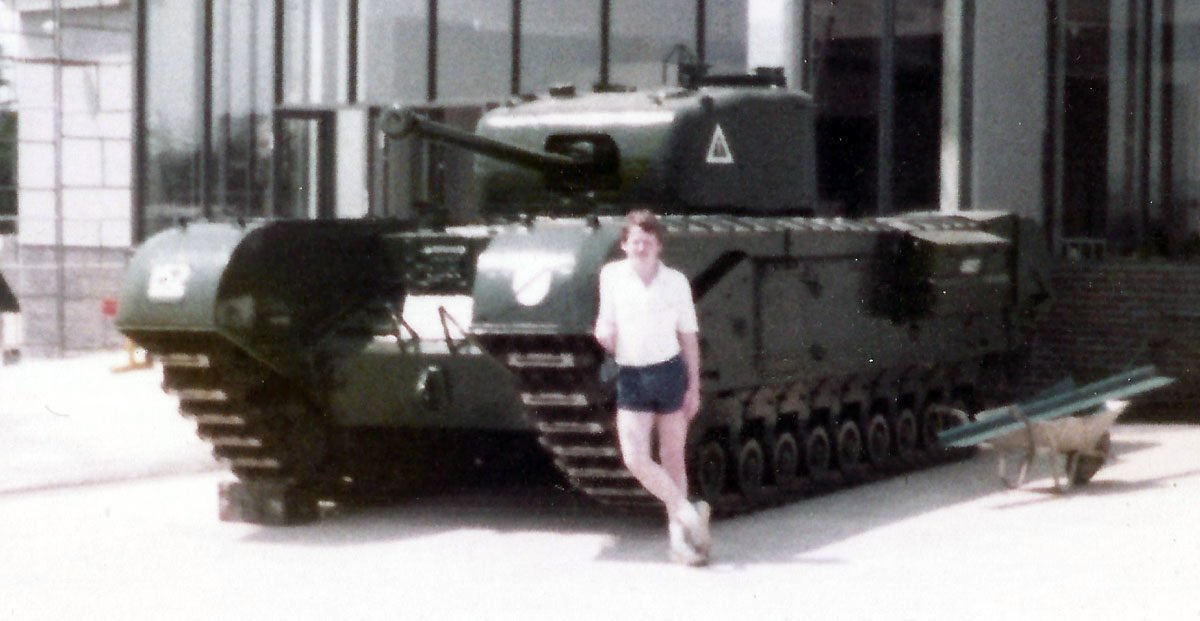
As time progressed, the distinction between infantry and cruiser tanks began to shift. There was a growing focus on developing heavier tanks that could provide superior firepower and armor. The idea was to merge the strengths of both infantry and cruiser tanks.
Heavy tanks sought a balance between protection and speed. They were designed to face a variety of threats on the battlefield. While they were less mobile than cruiser tanks, their powerful armament and thick armor made them formidable opponents. This transition reflects a strategic evolution in tank warfare.
British Armored Vehicles in Combat
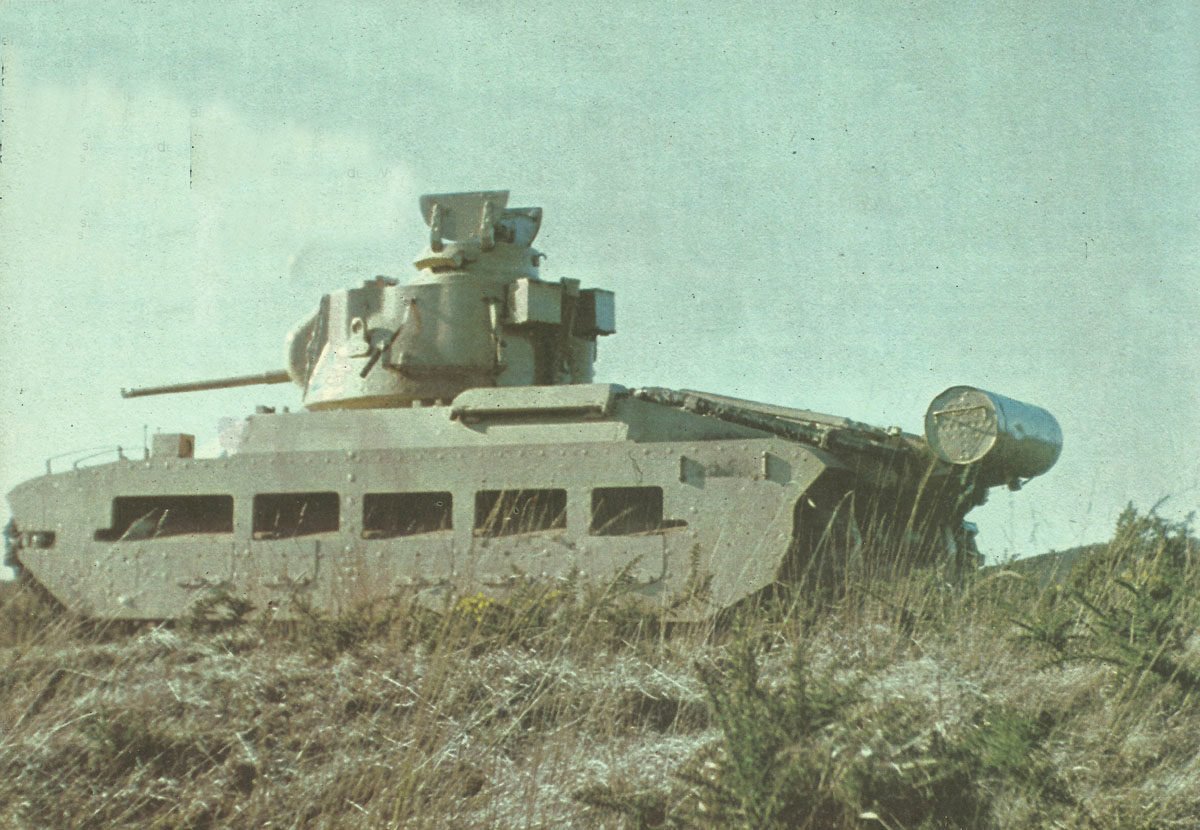
British armored vehicles played crucial roles during various military campaigns. They showed both strengths and weaknesses, proving vital during the African Campaign while offering learning insights from engagements on other fronts.
Deployment in the African Campaign
In the African Campaign, British tanks like the Matilda II and Crusader were instrumental. They provided essential support for the British forces in the harsh desert environment of North Africa. Their robust armor helped withstand attacks, while their speed enabled quick maneuvering against enemy positions.
British tanks facilitated breakthroughs in key battles. For example, during Operation Compass, they played a pivotal role in the successes against Italian forces. This campaign demonstrated the importance of coordination between tanks and infantry, highlighting how British armored vehicles adapted to desert warfare.
Lessons from the Western Front and Beyond
The experience from the Western Front and Dunkirk offered valuable insights. During the retreat at Dunkirk, British armored forces saw limited action, but efforts like the Phoney War allowed strategic repositioning and evacuation.
Lessons learned included the need for better communication systems and coordination strategies for armored units. These adaptations helped refine tactics for subsequent campaigns. The British Expeditionary Force (BEF) noted improvements necessary for more effective engagements, driving innovations in armored vehicle designs and combat strategies for future conflicts.
Armament and Protection Systems

British armored vehicles from the interwar period, such as the Medium Tank Mark II and the Carden-Loyd Mark VI, showcased significant advancements in their armament and protection systems. These innovations played a crucial role in enhancing the effectiveness and survivability of these vehicles on the battlefield.
Advances in Armor Plating
During the interwar period, armor plating technology underwent notable improvements. British armored vehicles, like the Medium Tank Mark II, utilized enhanced armor to better protect against enemy fire.
The armor was designed to withstand small arms fire and machine gun rounds, such as those from the Vickers machine gun.
One key feature was the use of sloped armor on some models, which helped deflect incoming projectiles. The Carden-Loyd Mark VI tankette, while smaller and lighter, also benefited from these developments. Its armor was limited but still effective against small caliber fire. Moreover, innovations in materials and welding techniques contributed to the increased resilience of these vehicles.
Developments in Armament: Machine Guns to Cannons
The armament of British armored vehicles included a transition from machine guns to more powerful weaponry. The Vickers machine gun and Hotchkiss machine gun were common choices for early vehicles like the Lanchester Armored Car.
These machine guns provided rapid fire capabilities to suppress enemy troops and vehicles.
As technology progressed, these vehicles were equipped with cannons, enhancing their offensive capacity. The Medium Tank Mark II demonstrated this shift by integrating larger caliber weapons. This progression allowed armored vehicles to engage a wider range of targets, including fortified positions and other tanks. The balance between firepower and mobility became a crucial aspect of armored vehicle design during this period.
Preservation of Armored Vehicle History
Tank Museum Collections
The history of armored vehicles, such as the Medium Tank Mark II and Carden-Loyd Mark VI, is preserved through dedicated museum collections and public educational programs. These efforts ensure that the legacy of military vehicles is appreciated by future generations.
Tank museums play a critical role in safeguarding armored vehicle history. These institutions meticulously restore and display vehicles like the Lanchester Armored Car, showcasing them to visitors. Exhibits often provide detailed backgrounds on technical specifications and historical use.
Many museums also house interactive displays. These allow visitors to understand the evolution of armor and weaponry in contexts like the interwar period. Such collections are essential for preserving the legacy of British engineering and its impact on global military strategies.
Educational Value and Public Engagement
Educational programs and public engagement initiatives at these museums afford an invaluable learning opportunity. Through guided tours, workshops, and multimedia presentations, visitors gain deeper insight into the mechanics and history of tanks like the Carden-Loyd Mark VI.
Schools often collaborate with museums to offer students hands-on learning experiences. These initiatives foster a connection between historical events and modern technology, enriching the educational landscape. This active engagement helps ensure that the significance of these vehicles is passed on to new generations, enhancing public understanding and appreciation of military history.
Frequently Asked Questions
Throughout the interwar period, British armored vehicles evolved significantly. The Medium Tank Mark II, Carden-Loyd Mark VI, and Lanchester Armored Car played important roles in military strategy. Technological advancements and design evolution were pivotal in shaping their use and effectiveness during this era.
What were the primary roles of medium tank Mark II during the interwar period?
The Medium Tank Mark II served as the main battle tank for British forces. It was developed to improve mobility and firepower compared to older models. It became a key component of armored units, focusing on speed and maneuverability in battle scenarios.
How did the Carden-Loyd Mark VI influence tankette design and development?
The Carden-Loyd Mark VI was a small, agile tankette that set the standard for future designs. Known for being lightweight and cost-effective, it inspired the development of similar vehicles worldwide. Its versatility and ease of production made it widely used and exported.
In what capacities were the Lanchester Armored Cars used in the interwar years?
Lanchester Armored Cars were utilized mainly for reconnaissance and patrol duties. They were effective in both colonial outposts and home defense tasks. Their mobility and communication capabilities made them vital for gathering intelligence and maintaining order.
What advancements in British armored vehicle technology occurred between World War I and World War II?
Between the wars, British armored vehicle technology saw enhancements in armor plating, engine performance, and weaponry. Improved design principles focused on speed, endurance, and firepower. These advancements laid the groundwork for more effective armored tactics.
How did British armored vehicle design evolve throughout the interwar period?
Designs evolved with an emphasis on increased mobility and versatility. Vehicles became faster and more reliable, with advancements in suspension and engine technology. This evolution reflected a strategic shift toward mobile warfare and rapidly changing battlefield dynamics.
Were any interwar British armored vehicles used during World War II, and if so, in what capacity?
Some interwar vehicles were repurposed for World War II, including older tank and armored car models. They were often adapted for secondary roles such as training, support, and reconnaissance. Despite newer models, these vehicles contributed to the war effort in various supportive capacities.
References and literature
Krieg der Panzer (Piekalkiewicz)
British and American Tanks of World War II (Peter Chamberlain, Chris Ellis)
Datafile – British Tanks and Formations 1939-45 (Malcom A.Bellis)
Panzer und andere Kampffahrzeuge von 1916 bis heute (Christopher F. Foss, John F. Milsom, Colonel John Stafford Weeks, Captain Georffrey Tillotson, Richard M. Ogorkiewicz)
Panzerkampfwagen des 1. und 2. Weltkrieges (Andrew Kershaw)
Fire and Movement (RAC Tank Museum)


